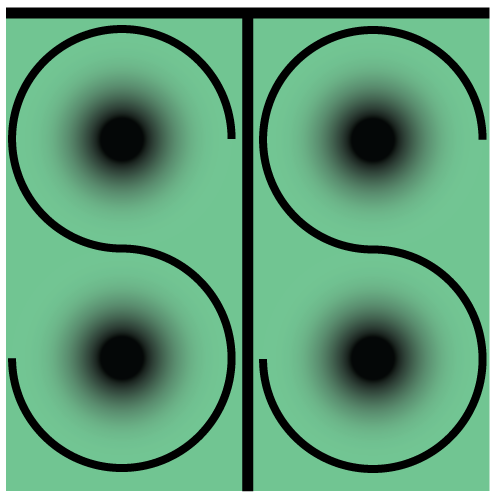Date/Time
Wednesday
28 Feb 2018
12:00 pm - 1:30 pm
Location
Stanford University
Event Type
Non-CSTMS Event
Stephen Risi
Ph.D. Candidate, History of Science, Stanford University
Modern neuroscience suggests that nicotine is inherently addictive: given tobacco use, addiction is all but assured. In this narrative, nicotine is one of those wily molecules that hijack our brain’s reward systems. But nicotine could not be found in an easily addictive way for centuries: nicotine is first and foremost a poison that the tobacco plant evolved about 20 million years ago to kill insects, and a single drop of pure nicotine can end a person’s life. In fact, once nicotine enters a human body, we usually respond by coughing it up, by vomiting it out, by metabolizing it as quickly as possible. What, then, made nicotine addictive?
In this presentation, I argue that nicotine only became addictive between 1850 and 1950 as tobacco producers found–often accidentally–new technological ways of taming or circumventing our bodies’ initial response to nicotine while accentuating our brain’s pleasure and dependence responses. The story of how addiction was made unfolds in the intimate evolutionary ties that bind us to plants and insects, in the flue-curing barns of tobacco plantations, and in the technologies that made smoking both palatable and portable. By retracing the history of these technologies of addiction, it becomes clear that addictiveness is not inherent to a molecule. Instead, addictiveness comes to lie at the intersection of biology, technology, and culture.
This event is sponsored by Stanford University’s History, Science, and Technology Studies workshop and will be held on Stanford’s campus in building 200, room 307. Lunch will be served. RSVP appreciated, though not required: hleblanc@stanford.edu.




